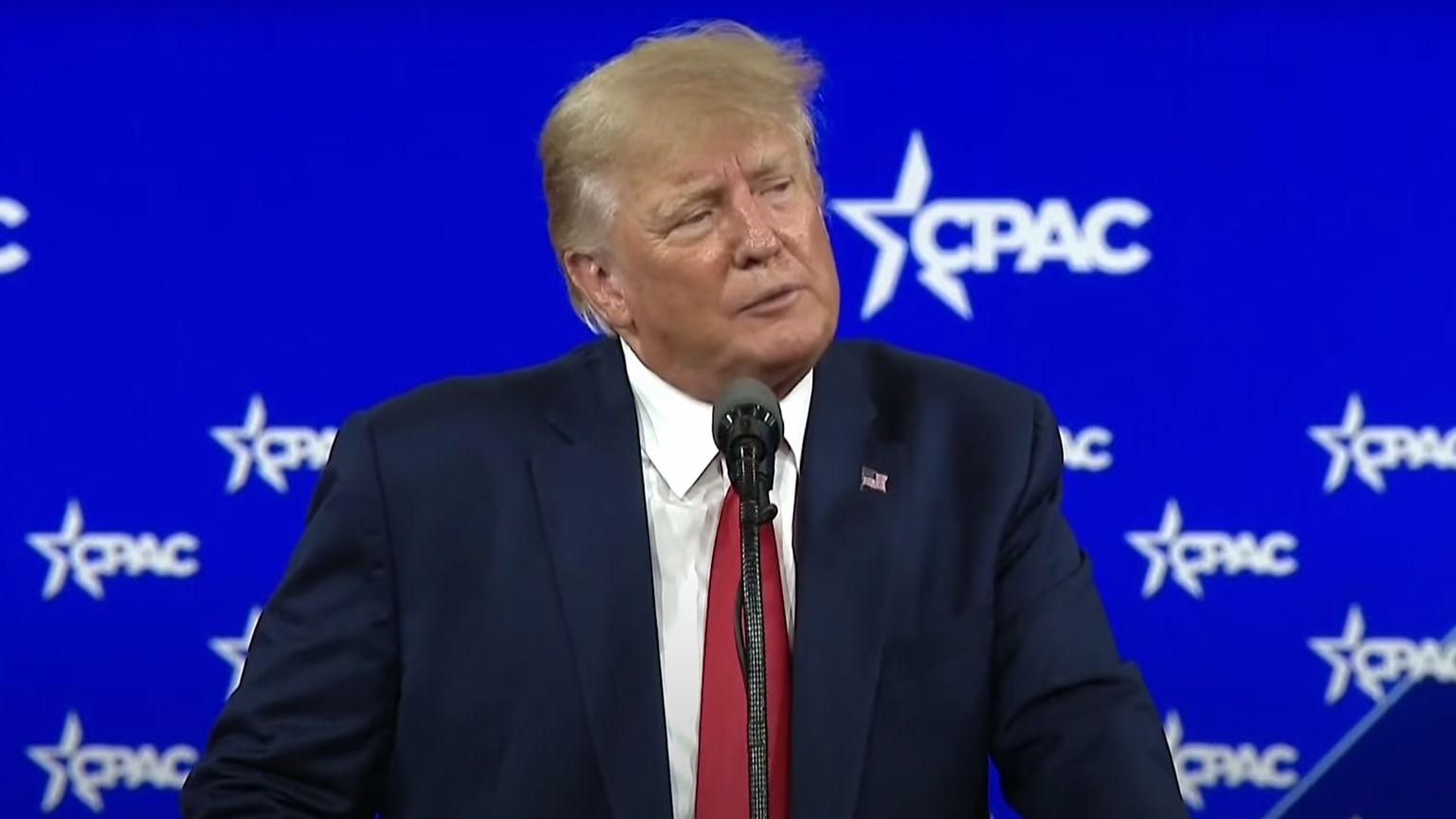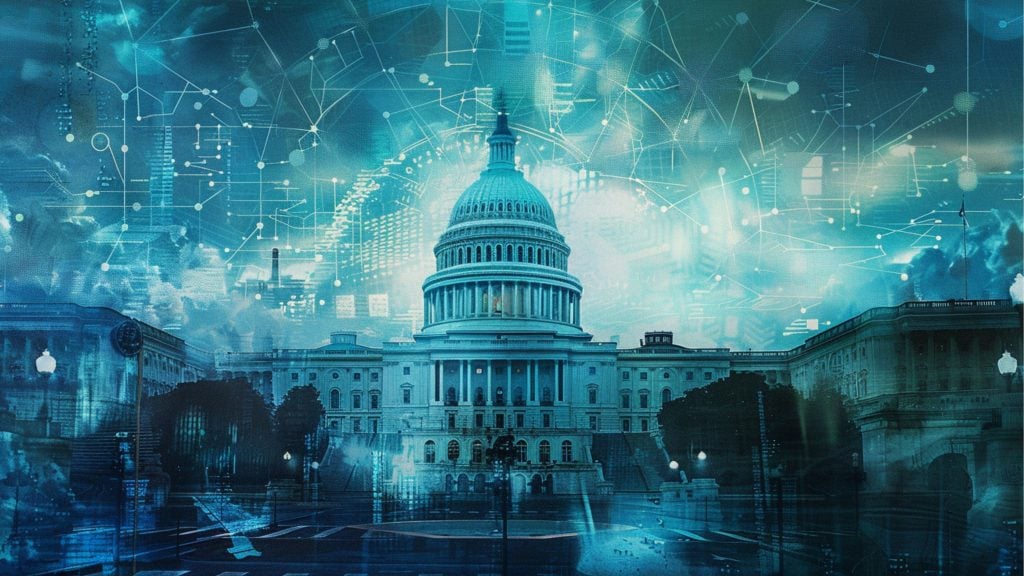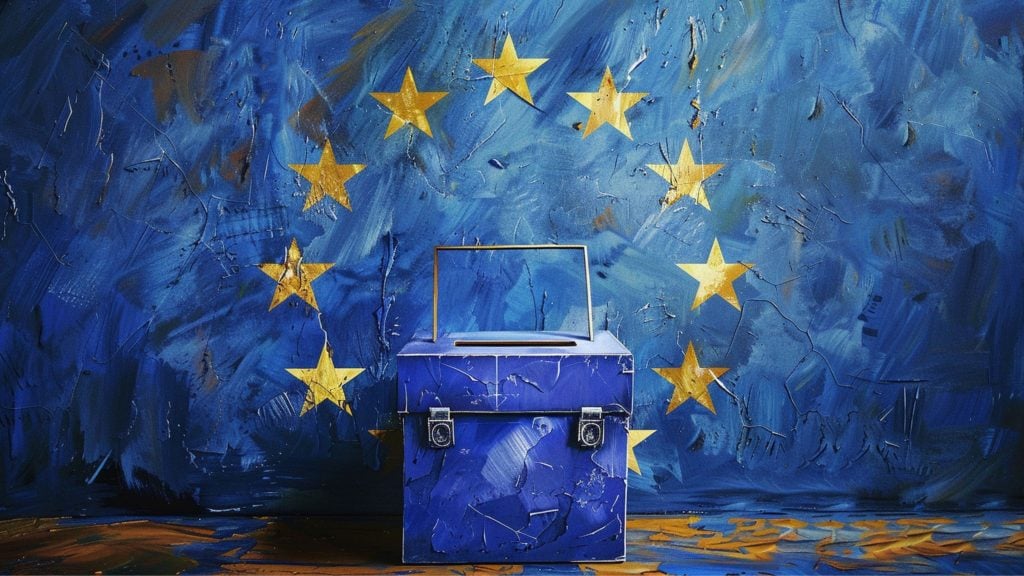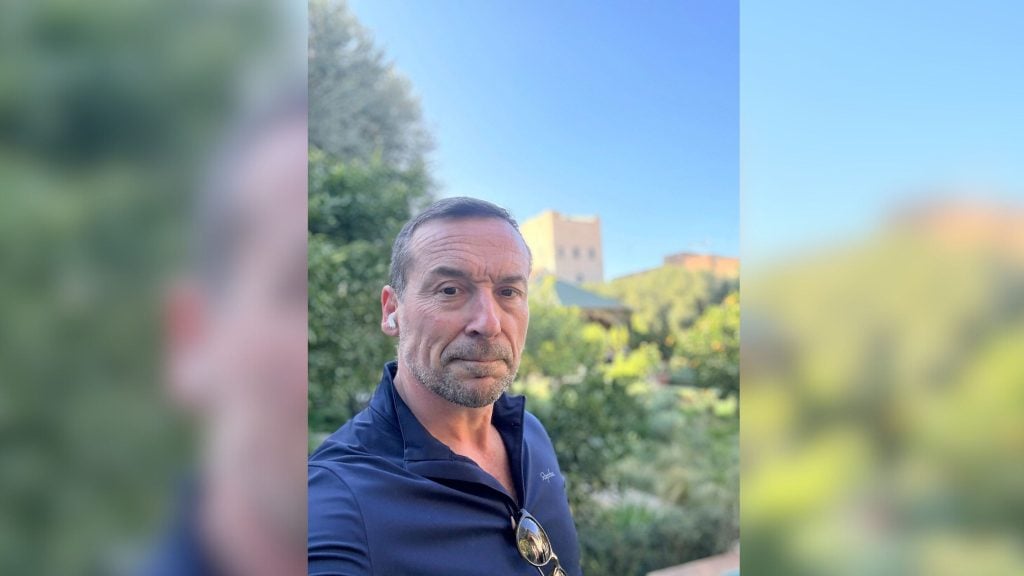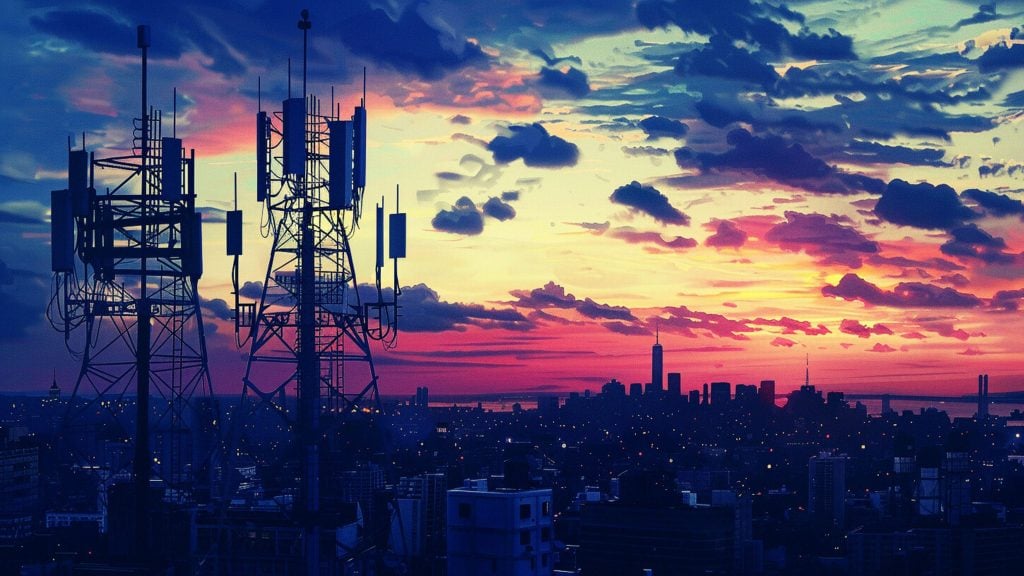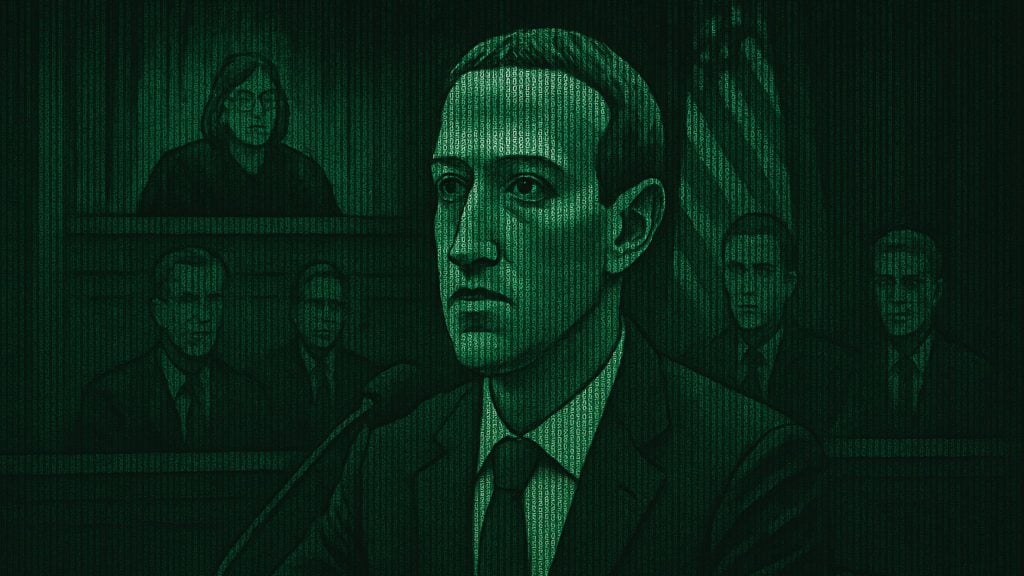A US district judge must have been asleep at the wheel, supporters of President Trump suspect, if he really failed to notice that Trump’s banishment from major social media happened under serious pressure from his political opponents.
The issue of whether or not Big Tech’s social media platforms were effectively forced to ban a sitting president at the coercive behest of certain lawmakers and groups has come up as part of proceedings in a court case Trump has launched in a bid to regain the right to use Twitter.
Judge James Donato, Bloomberg reported, wasn’t at all sure that coercion is what happened. Judge Donato, who is currently considering Twitter’s motion to dismiss the case, seems to be hung up on the term as he looks into the merit of Trump request to have his account reinstated, and his allegations of Twitter committing a free speech violation when it banned him.
The judge also suggested that Trump’s complaint focused on the coercive element in pressure on social media as “the hook you are hanging your hat on.”
Then came time to try to define the term. Twitter’s legal representative, Patrick Carome, said Trump’s filing showed no evidence of coercion – but “merely” of haranguing or jawboning by legislators, reports said. In other words, nobody was putting a literal gun to Twitter’s head – it was “merely” a figurative one.
In the request to dismiss, Twitter claims it is no more than a private company that does not have to protect free speech as per the US Constitution.
It was this point that Trump’s lawyer Marie Fiala tried to dispute by remarking that acquiescing with state actors who demanded Trump’s deplatforming means that Twitter itself is a state actor. According to Fiala, Twitter’s “alternative” was to be stripped of (Section 230) legal liability protections for user generated content.
In other words, Twitter was allegedly forced to either comply with the demand to kick Trump off the platform or see its business burn down in proverbial flames of endless potential lawsuits over what any of its users had posted on the site.
But the judge didn’t see elements of coercion in any of this and is now set to rule on Twitter’s motion to dismiss the case at a currently undisclosed date.

